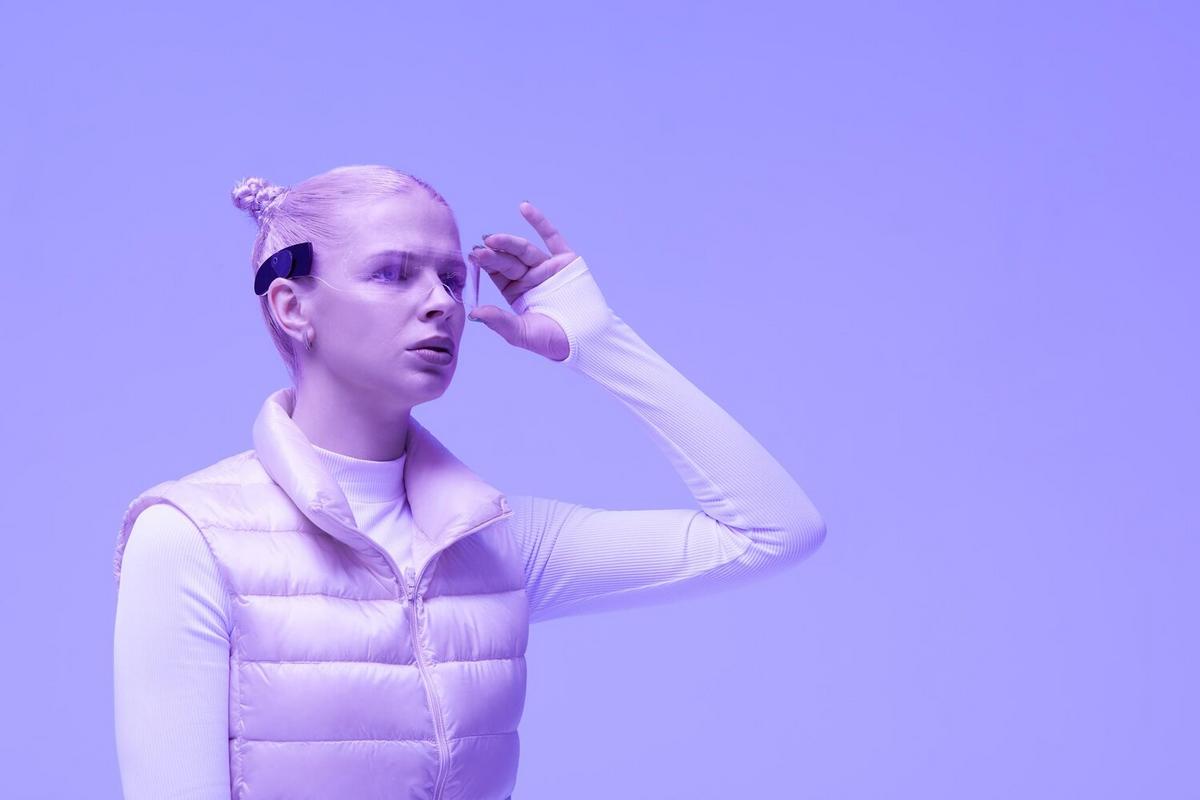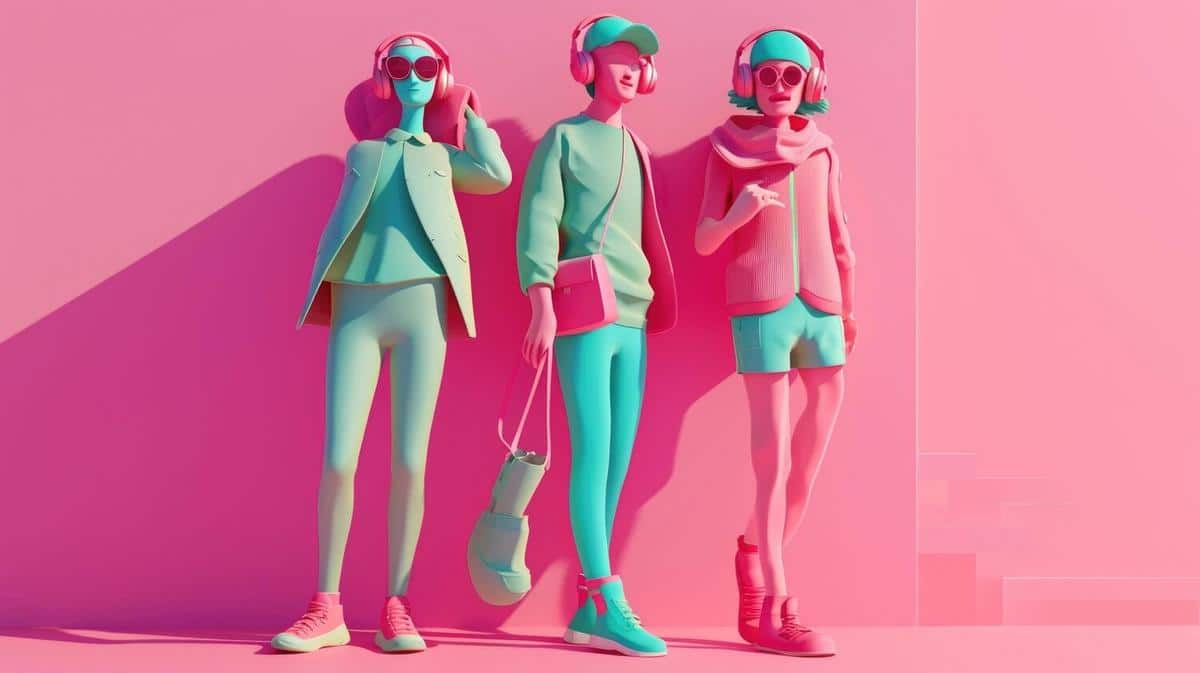
Exploring the Impact of AI on Fashion Design
The fusion of artificial intelligence (AI) with fashion design is transforming the industry in unprecedented ways, offering innovative solutions and creating new opportunities for creativity and efficiency.
Understanding AI’s Role in Fashion Design
Artificial intelligence is reshaping the fashion industry by streamlining processes and enhancing design capabilities. AI’s role extends from automating repetitive tasks to providing insights for creating unique designs. This technology empowers designers with tools that can predict trends, analyze consumer preferences, and even generate design suggestions.
The Voice of Experts
Fashion technology expert Lisa Lang emphasizes that “AI is not about replacing designers but augmenting their creative process.” This sentiment is echoed throughout the industry as AI becomes an essential tool for enhancing, rather than replacing, human creativity.
Statistics and Research
According to a report by McKinsey, the fashion industry could increase productivity by up to 40% with the integration of AI tools. This prediction highlights the efficiency and potential growth AI can bring to the sector. Furthermore, research shows that AI-driven personalization can boost sales by providing tailored recommendations to consumers, enhancing their shopping experience.
Real-World Examples
One notable example is a renowned fashion brand using AI to streamline its supply chain management, reducing waste and ensuring a quicker response to market demands. Similarly, a startup is employing AI algorithms to analyze social media trends, allowing them to forecast upcoming fashion trends and adjust their designs accordingly.
Actionable Tips for Designers
- Embrace AI tools to enhance creativity and improve design efficiency.
- Utilize AI analytics to understand consumer behavior and preferences.
- Collaborate with technology experts to integrate AI into design processes seamlessly.
Comparison: Traditional vs. AI-Enhanced Design
| Aspect | Traditional Design | AI-Enhanced Design |
|---|---|---|
| Trend Prediction | Based on past experience | Data-driven insights |
| Design Creation | Manual sketches | AI-generated ideas |
| Efficiency | Time-consuming | Highly efficient |
| Personalization | Limited | Highly customizable |
| Supply Chain Management | Manual oversight | Automated processes |
| Market Response | Slower | Faster adaptability |
| Cost | Higher production costs | Reduced costs with AI |
| Waste Reduction | Challenging | Significantly reduced |
Frequently Asked Questions
How does AI affect creativity in fashion design?
AI enhances creativity by providing designers with data-driven insights and new tools to explore innovative designs, allowing them to focus more on creative aspects rather than repetitive tasks.
Is AI suitable for all types of fashion brands?
While AI offers benefits to a wide range of fashion brands, its adoption depends on the brand’s specific needs, goals, and resources. It’s crucial for each brand to assess how AI can fit into their unique processes.
Conclusion
AI is undeniably leaving a significant mark on fashion design, offering tools that enhance creativity and efficiency. As designers and brands embrace these technologies, the industry is poised to see a blend of human intuition and machine intelligence, paving the way for a more innovative future in fashion. To stay ahead, fashion professionals should consider the strategic integration of AI into their design processes, ensuring they remain at the forefront of industry trends and consumer demands.


